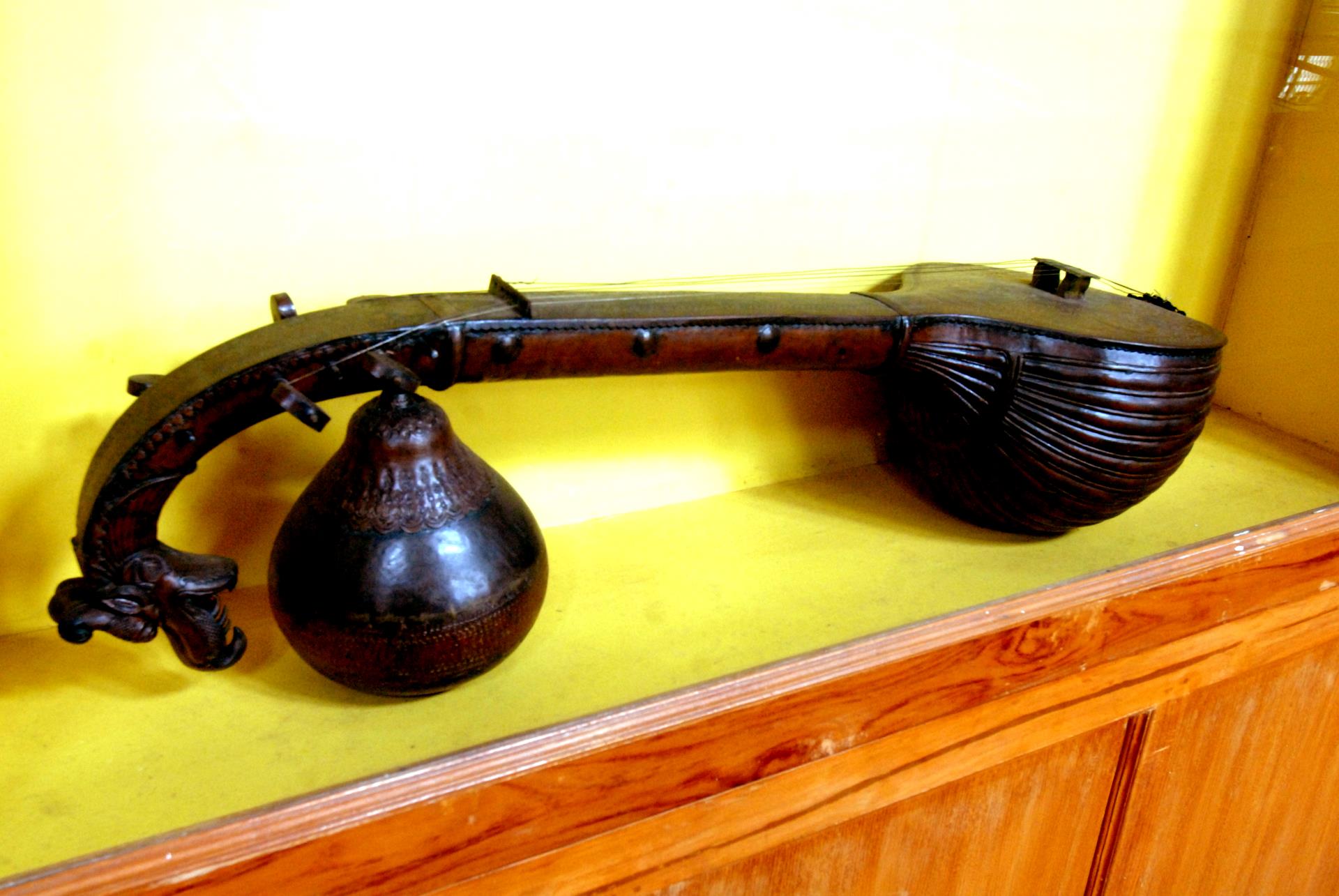
Sorry, we couldn't find anything that matches your search.
Destination

Famous Places to Explore in Hyderabad
A vibrant city with the imposing...

Raipur Tourist Places | Best Place to Visit
The stronghold of several erstwhile...

Ahmedabad
Declared as India's first UNESCO World...
#
Tanjore paintings are renowned the world over for their dense compositions, vibrant colours and surface richness. Also known as Thanjavur paintings, they are a form of classical South Indian paintings. The art form, which originated back in the 1600s under the reign of the Cholas, has been recognised by the Government of India as a Geographical Indication in 2007-08.
Most of the paintings, done in rich and vivid colours, have gods, goddesses and saints of southern India. These artworks are decorated with semi-precious stones, gold foils, pearls and glass pieces that give them a three-dimensional effect. More recently, humans figures, flowers, birds and animals are also being used in these paintings. The main figure of the painting is always painted in the centre. Tanjore paintings are mainly done on wood planks and are thus locally called Palagai Padam, 'palagai' meaning wooden plank and 'padam' translating into picture.
These paintings are native to Thanjavur (Tanjore) city of Tamil Nadu. From the 16th to the 18th century, they were patronised by Maratha princes, Trichi and Naidus of Madurai, Nayakas and Rajus communities of Tanjore.
The technique of making them is quite intricate and involves many steps. Firstly, a preliminary sketch of the image is drawn on the base, which is made of a cloth pasted over a wooden base. Next, comes the mixing of zinc oxide or chalk powder with a water-soluble adhesive that is applied on the base. After this, the drawing is made and ornamentation is done with semi-precious stones, cut glass and pearls. Threads or laces may also be used to decorate the paintings. To add to the beautification, some parts are pasted with wafer-thin gold sheets, while others are painted in bright colours.








